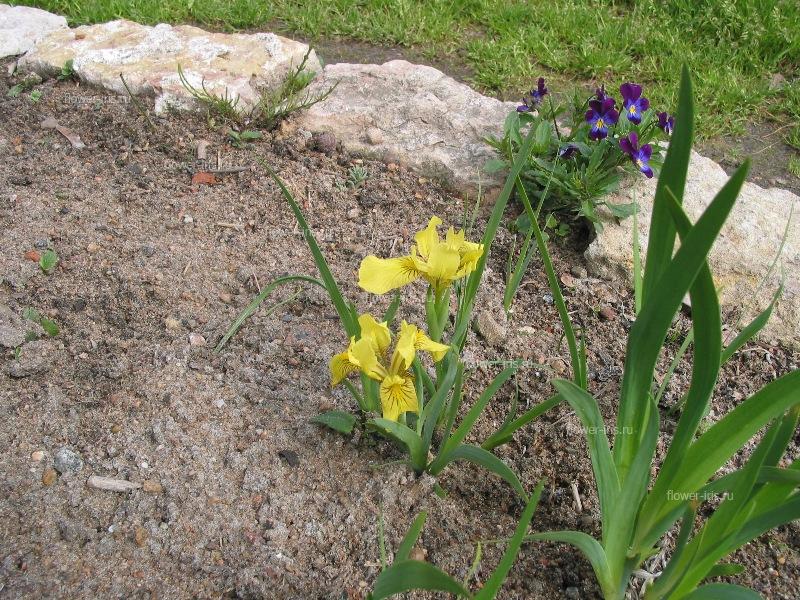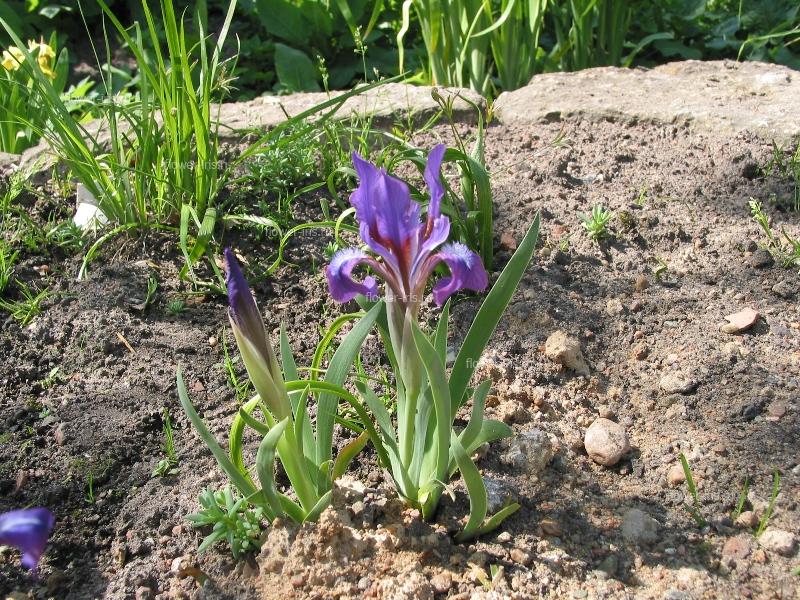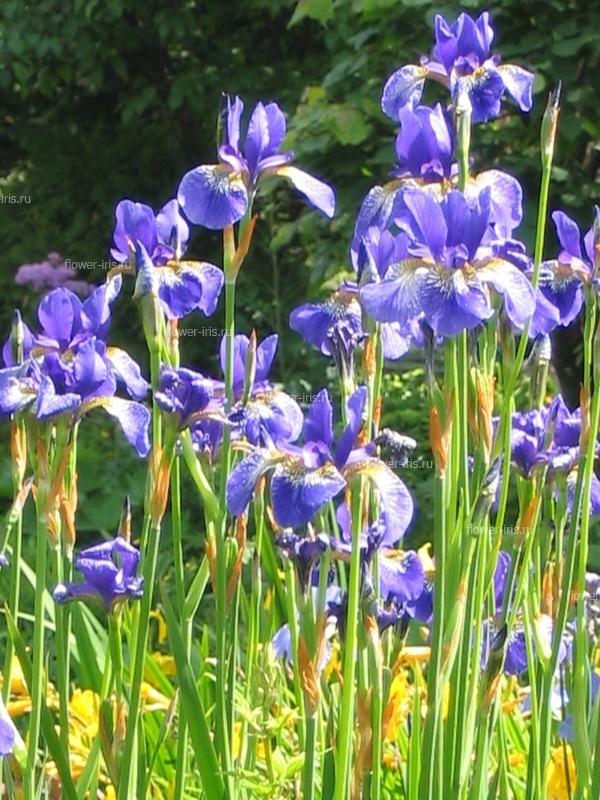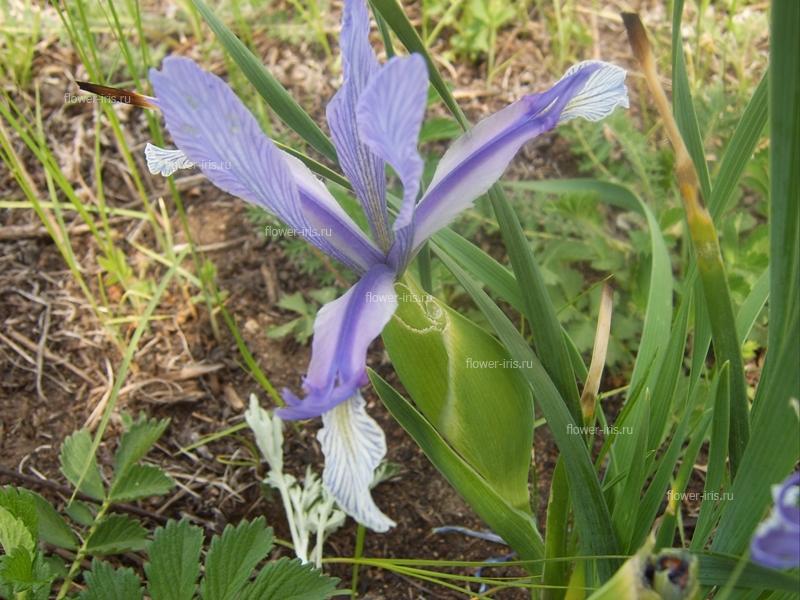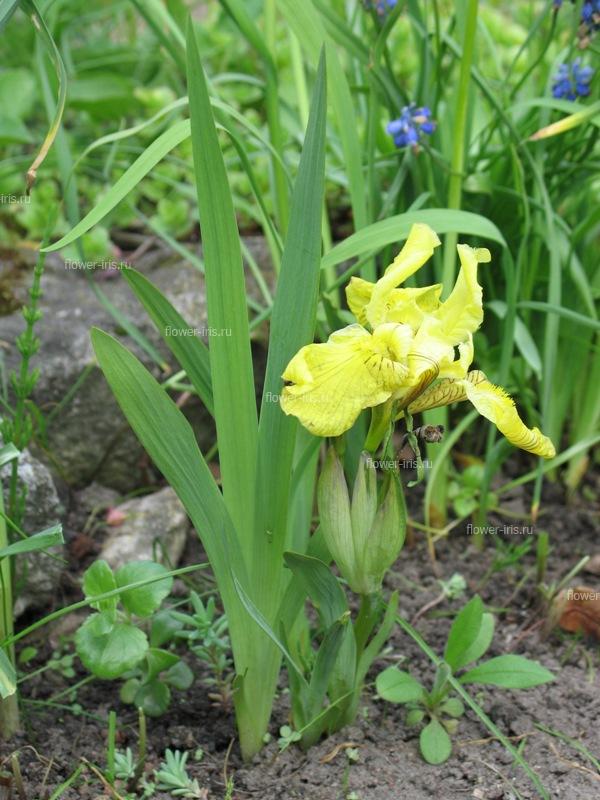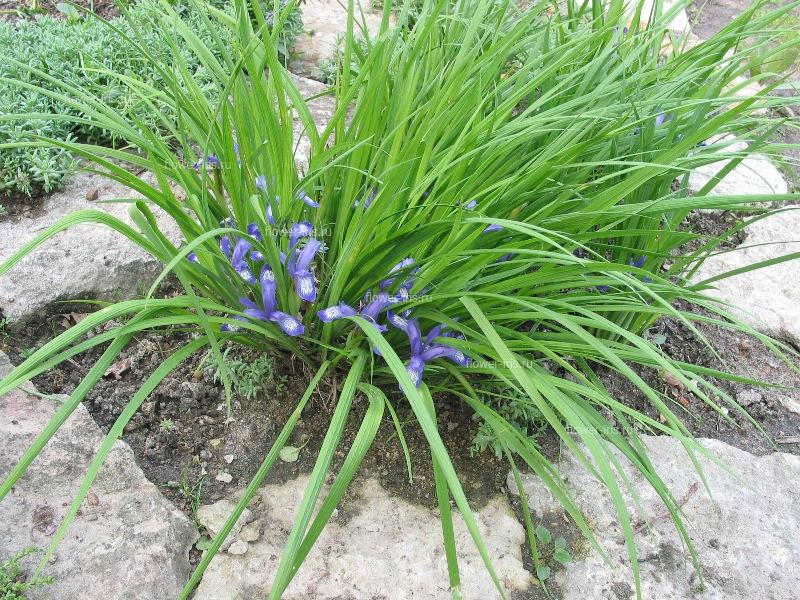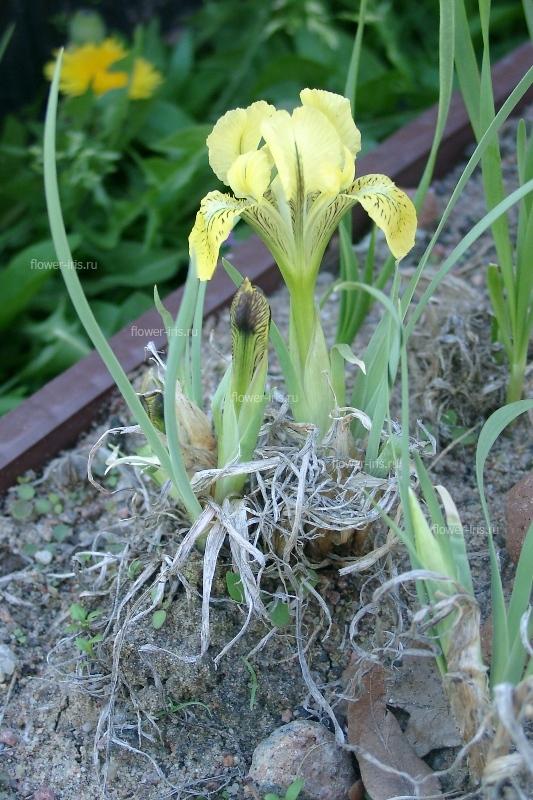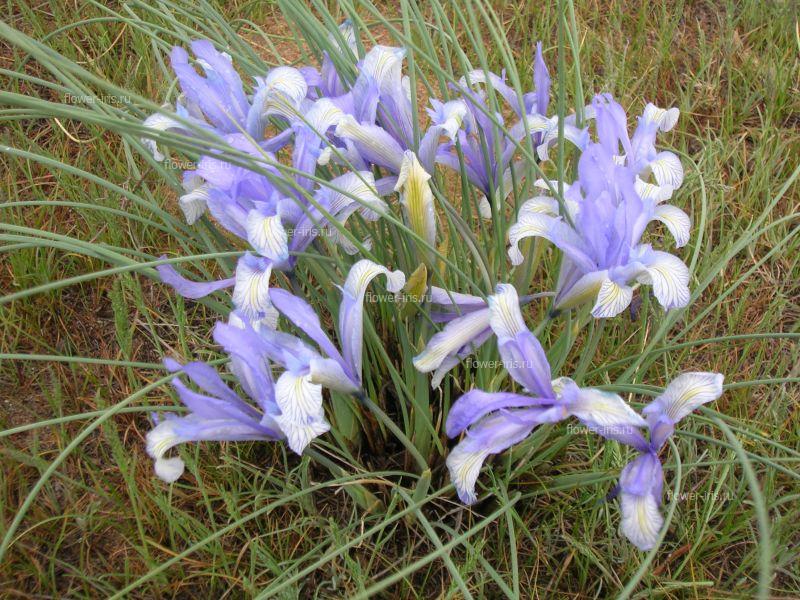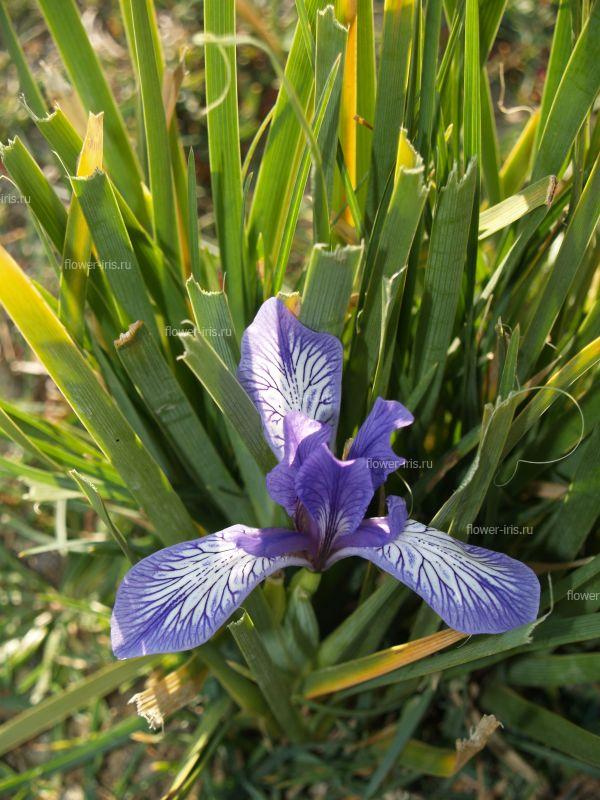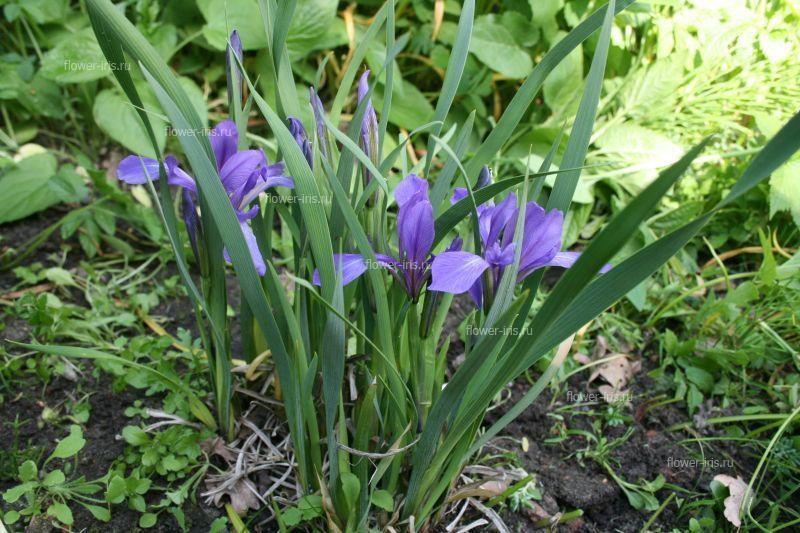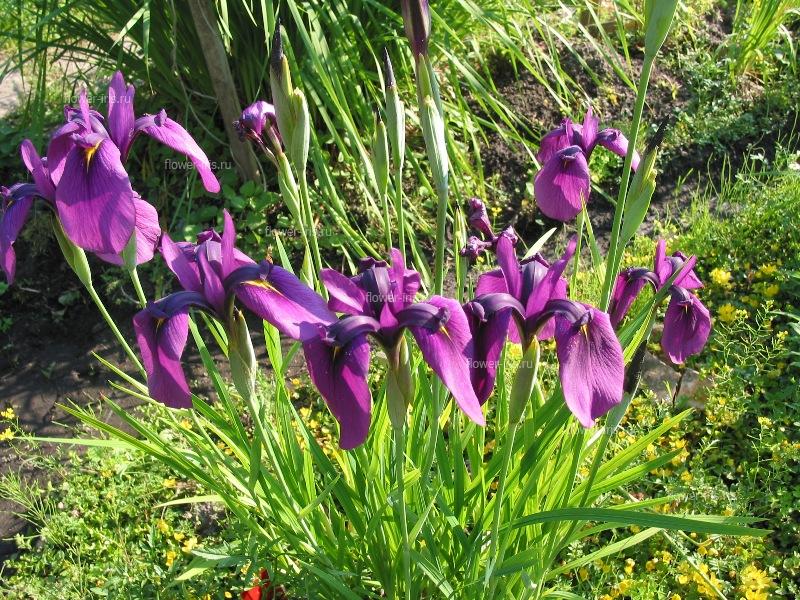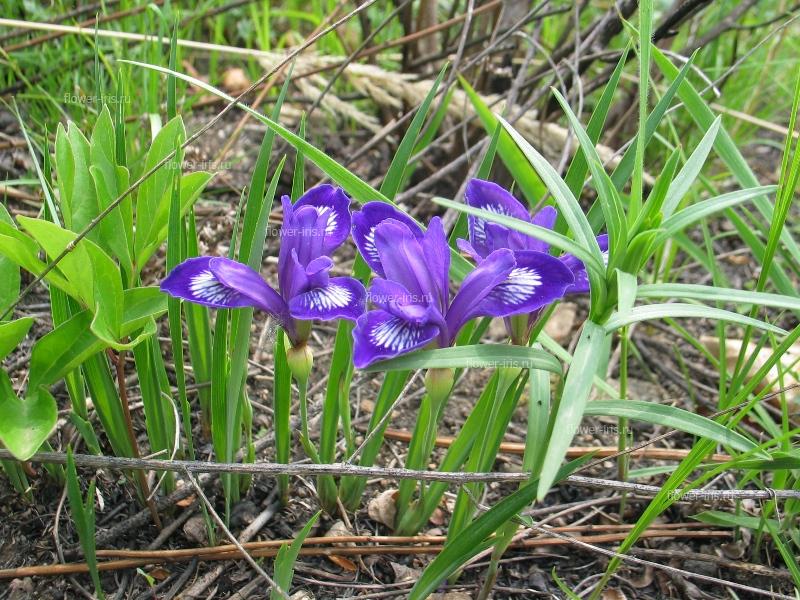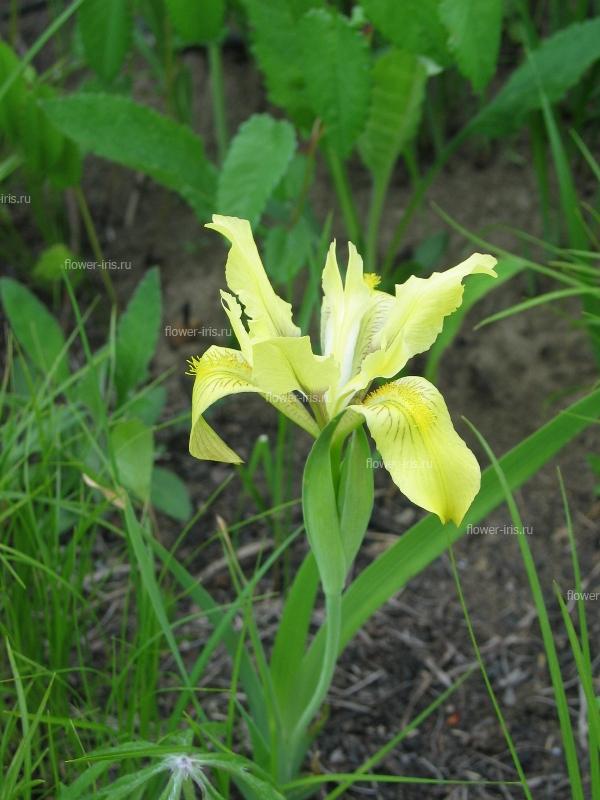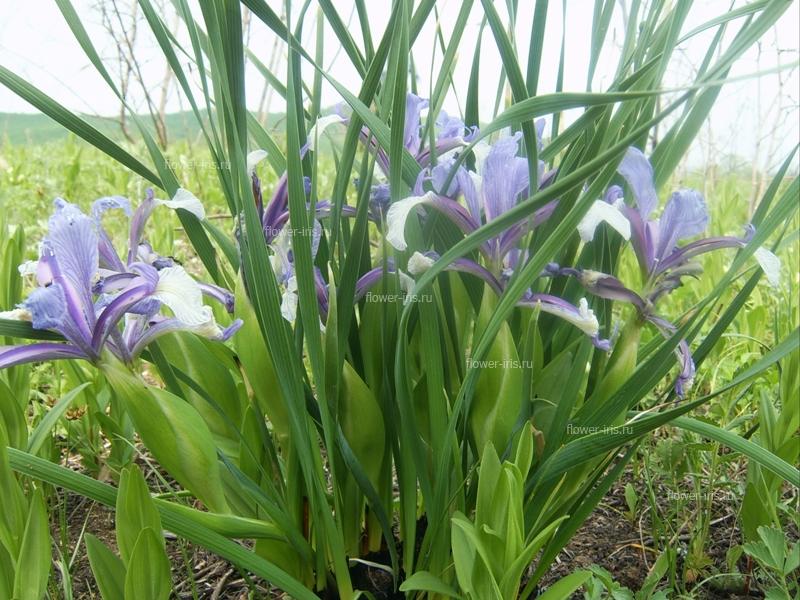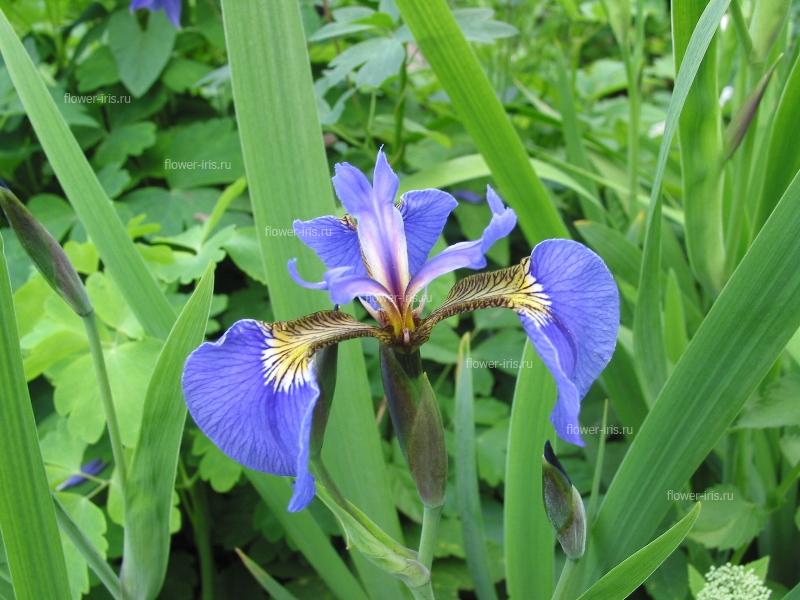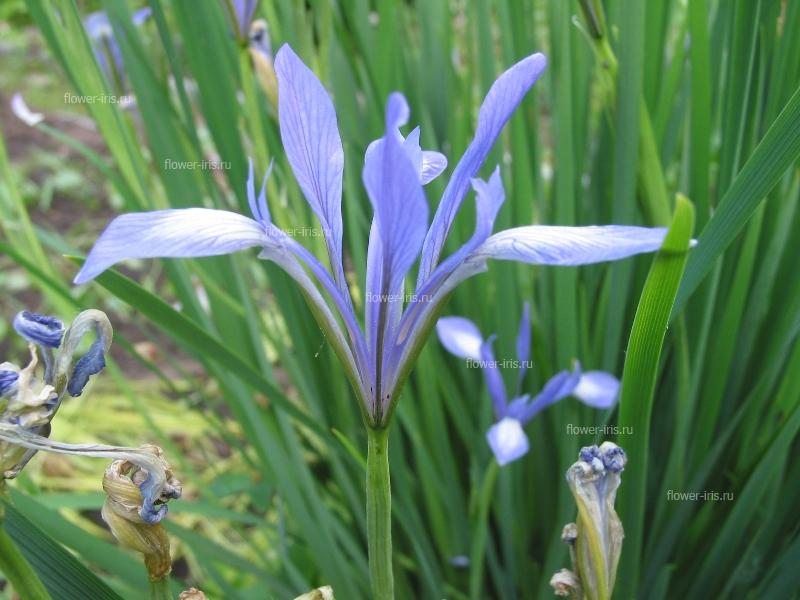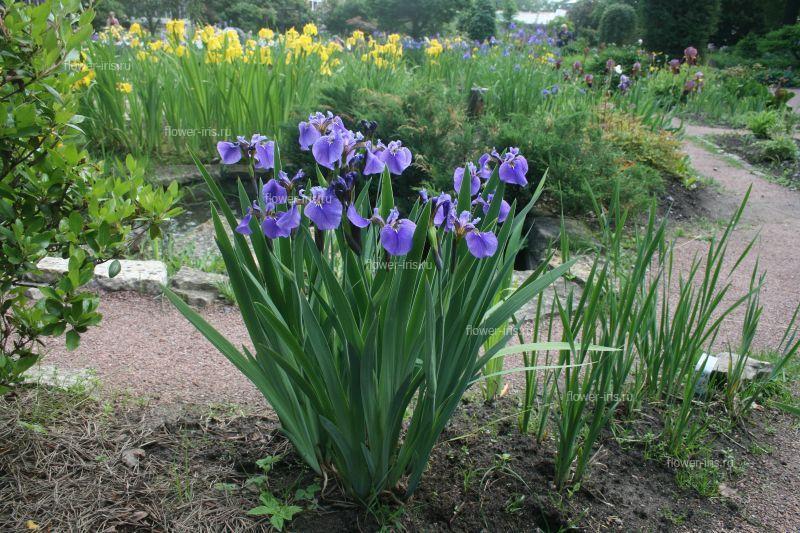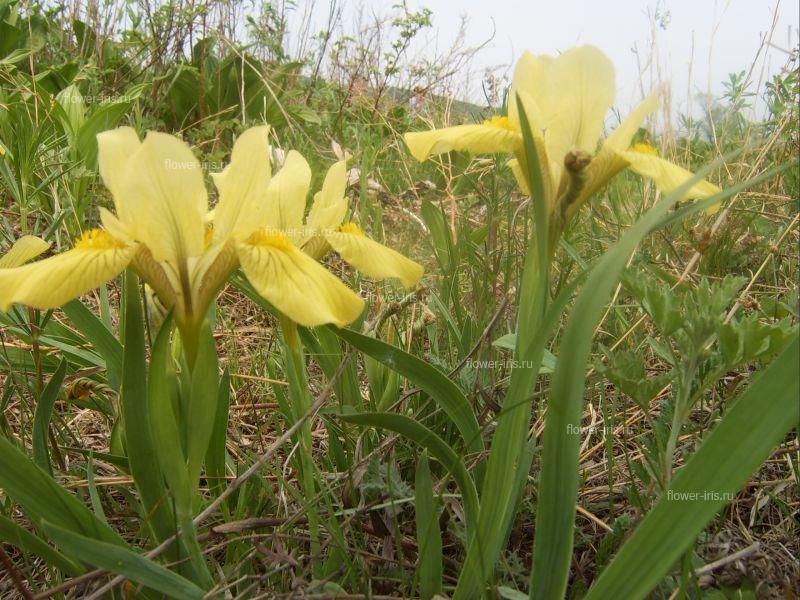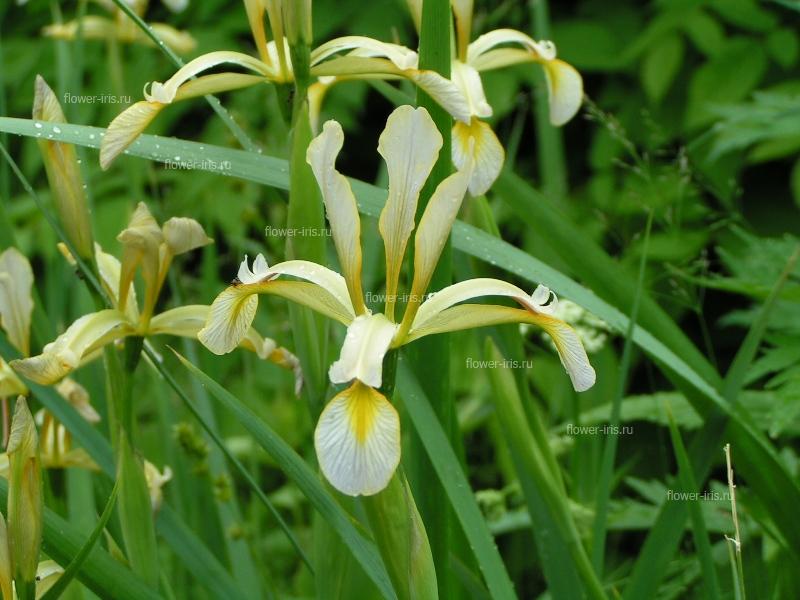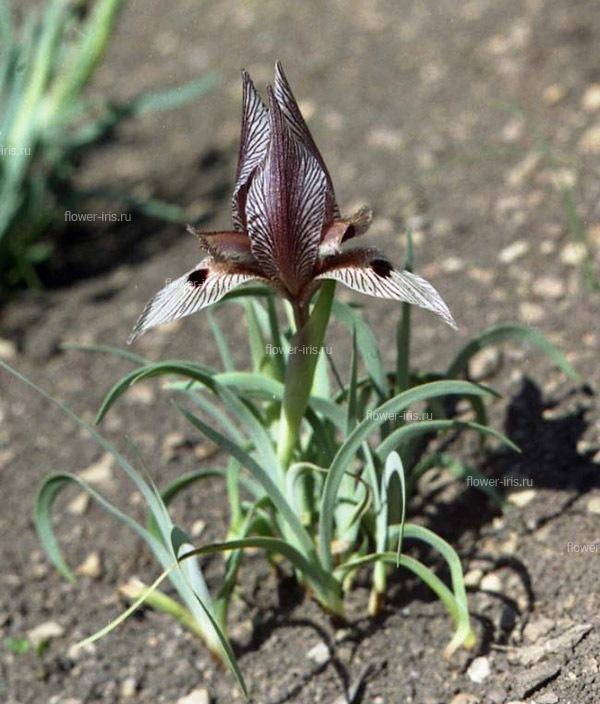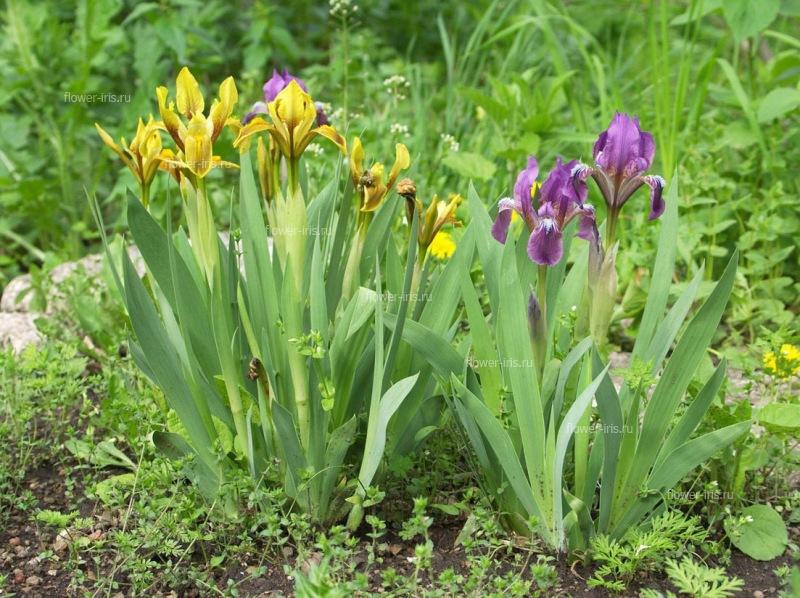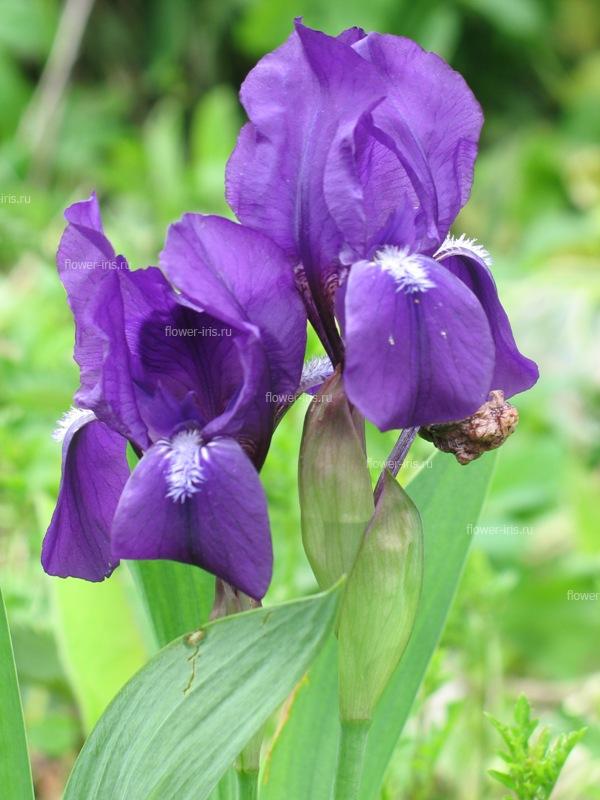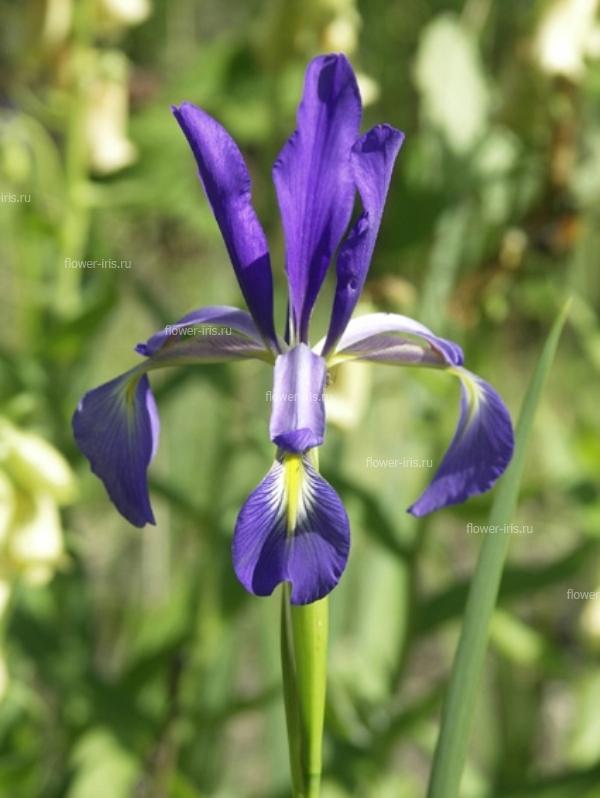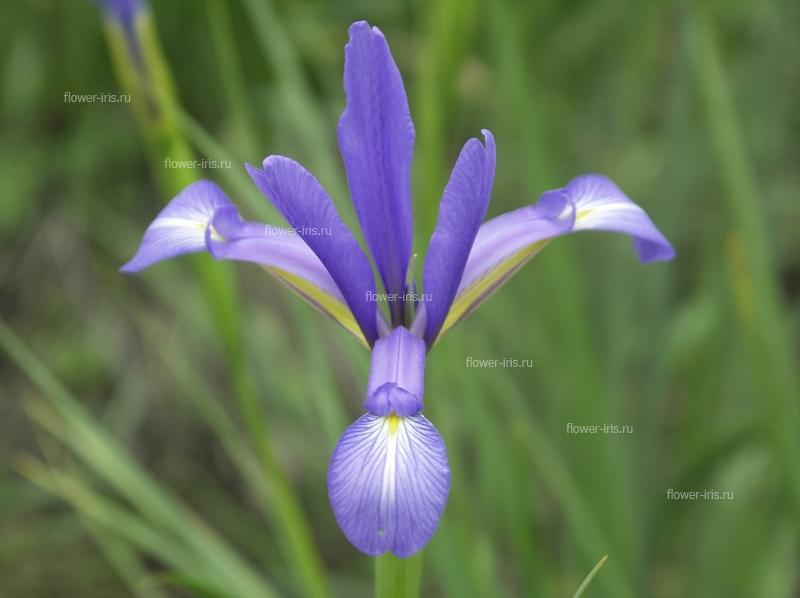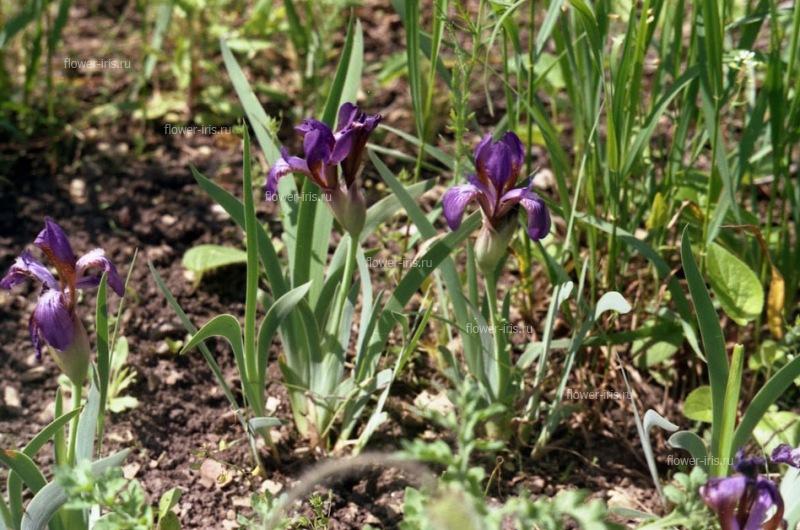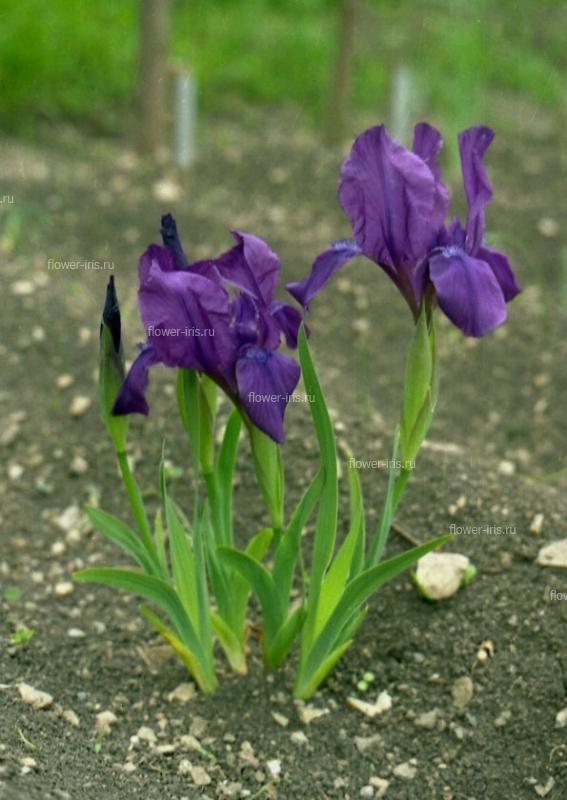|
News Camellian readings in St.Petersburg Photo Gallery |
Irises of RussiaHomepage → Irises of Russia Irises of Siberia25 species and 2 sub-species grow in the territory of Siberia, 20 species are rare and endangered plants. I. biglumis Vahl., I. bloudowii Ledeb. *, I. brevicuspis Fisch. ex Schult., I. ensata Thunb. *, I. glaucescens Bunge*, I. halophila Pall. *, I. humilis Georgii*, I. ivanovae Doronkin*, I. kamelinii Alexeeva, I. lactea Pall. *, I. laevigata Fisch. *, I. ludwigii Maxim.*, I. pallasii Fisch. *, I. potaninii Maxim., I. pseudacorus L. *, I. ruthenica Ker.-Gawl. *, I. sanguinea Donn. *, I. setosa Pall. *, I. sibirica L. *, I. ventricosa Pall. *, I. uniflora Pall. are bred in the collection. BarnaulIrises are grown in Barnaul Dendrological garden of M.A.Lisavenko’s Siberian Gardening Research Institute and in South-Siberian Botanical garden. Dr. Z. V. Dolganova, of Agricultural Sciences, director of Dendrological garden of M.A.Lisavenko’s Siberian Gardening Research Institute is an introducer who conducts works on selection with a group of Siberian and Japanese Irises. The collection is located in beds designed for demonstration of decorative species of in situ flora. In South-Siberian Botanical garden S.Ye.Lopatina is the collection curator. The unique collection of in situ flora including irises is bred in the lot. The sort collection of garden irises is shown in the location of decorative plants. NovosibirskDr. V. М. Doronkin, in Biological Sciences, senior research fellow in the laboratory of higher plants and flora-genetics of Central Siberian Botanical garden in Novosibirsk dealing with taxonomy of the family of Iridaceae in Northern Asia has participated in numerous expeditions and collected the unique collection of Iridaceae growing in Siberia. The collection is located in the ground exposition “Rare and endangered species of plants in Siberia”. Dr. G. P. Semenova, of Biological Sciences, leading research fellow is one of authors of this exposition. As a result of long-term studies on biology and ecology of rare and endangered flora species growing in Siberia in including plants from the family Iridaceae she has described methods of studying plants, their breeding and preservation ex situ. ChitaG.N.Zinoviyeva has gathered the unique collection of irises in the Botanical garden in Chita harsh climate. She has been cultivated species of the genus Iris in the garden for more than 15 years collecting them in annual expeditions in the local area as well as many other species and sorts breeding them from seed. Total amount of tested species in the collection comprised 40 including 22 species growing in Russia. As a result of introduction 27 species of irises interesting in decorative terms and promising for Baikal region, namely, wintering in open ground without coverage, have been identified. It is likely to be the largest ex situ collection of I. ivanovae represented by 8 samples from different districts of Baikal region. All of them blossom and bear seeds. Irises are characterized by a rich range of colour shades form white dotted flowers to dark-blue, blue-violet, crimson and dark-violet shades. Irises of Primorye territory11 species grow in the territory of Primorye including 8 rare and endangered species. The collection includes: I. ensata Thunb. *, I. laevigata Fisch. *, I. lokiae Alexeeva, I. maackii *, I. mandshurica Maxim. *, I. oxypetala Bunge, I. sanguinea Donn. *, I. setosa Pall. *, I. ventricosa Pall. *, I. vorobievii N. S. Pavlova *, I. uniflora. VladivostokDr. L.N.Mironova, in Biological Sciences, a devotee and expert on irises of Primorye works Vladivostok Botanical Garden. She has created the collection of irises of Primorye which constitutes the basis for studying the species biology, of their breeding and ex situ introduction and also assists to preserve the gene pool of irises of Primorye. L.N.Mironova’s annual trips in situ allow her to sort out forms of different sizes and colours of flowers, various plant compactness as well as different length and width of leaves. L.N.Mironova performs selection in the group of Japanese Irises. She has selected the following sorts: “Blue-eyed”, “Dark night”, “Primorye”, “Lilac haze”, “Pink cloud”, “First waltz” etc. Many sorts deserved high evaluation at the international level. The collection is bred in containers, in winter they are moved to a cold room. One of the largest collections Japanese Irises – 36 species, Siberian Irises – 15 sorts as well as 121 sorts of hybrid irises - is shown in beds of decorative plants of natural flora in the Botanical garden. Irises of the European part of Russia and Northern CaucusesFrom 16 species growing in this territory 15 species are rare and endangered ones including 4 species which grow only in the territory of Russia: I. notha Bieb. *, I. pseudonotha Galushko *, I. scariosa Willd. ex. Link. *, I. timofejewii Woron. *. The collection includes: I. acutiloba C. A. Mey. *, I. aphylla *, I. colhica Kem.-Nat. *, I. furcata Bieb. *, I. halophila Pall. *, I. klattii Kem.-Nat.*, I. pontica Zapal. *, I. pseudacorus L. *, I. pumila L. *, I. sibirica L. *. MoscowSpecial attention was paid to introduction of in situ irises at the Main Botanical Garden of the Russian Academy of Sciences in 1960-80s. In that period 41 species were tested including 28 species of Russian flora. All the species blossomed and most of them bore seeds. There is one of the largest collections of hybrid irises in Russia. The collection of irises formed the basis for theoretical works, for comparative sort assessment of irises. The principles of creation and research on collection of rare decorative perennial plants have been worked out, practical activities for in vitro reproduction and winter plant forcing have also been carried out. Dr. N. Mamaeva, in Biological Sciences is a curator of the collection. E.V.Datzyuk, a passionate devotee of irises works at the Botanical garden of Moscow State University. She supervises the collection and has gathered robust exposition and experimental material. Sorts the group of Bearded Irises are vividly represented in the flowerbed. The collection of Beardless Irises located in the nursery beds does certainly have special value since it is the basis for comprehensive studies and spread of plants. PyatigorskProf., Dr. А. D. Мikheev, of Biological Sciences, leading research fellow heads Pyatigorsk Environmental-Botanical station of the Botanical Institute (Russian Academy of Sciences). Dealing with issues of protection of rare and endangered plant species he has gathered the unique collection including about 40 species of the genus Iris. The collection is located in beds of the station nursery together with other rare species. StavropolDr. G.T.Shevchenko, in Biological Sciences has created the collection of irises at the Botanical garden of Stavropol. There have been tested more than 50 species including 26 species growing only in Russia. Stavropol Botanical garden is actively involved in matters of using species of iris for landscape gardening. Stavropol conditions are favourable for some representatives from the group of Dwarf Irises, it is the very location for the center of the habitat of I. pumila – the most important species of this group. Thus, it was decided to introduce species from other locations, to collect and to study local forms and species as well as to address to the existing sorts of this group. Therefore, the collection which includes 5 species of domestic selection and 4 species of Western European flora was gathered. Later 12 low-stalk species were collected and studied. All of them were engaged in selection. As a result G.T.Shevchenko bred more than 15 sorts of Dwarf Irises (Manych,1980; Early Dwarf and Pink Dwarf, 1983; Strigeament, 1982 etc.) which have become popular with amateurs and they were enlisted in the international register. The collection is located in beds of the lot for decorative plants of in situ form. TverIridaceae collection of Tver State University Botanical Garden enumerating 30 genera is the richest in Russia according to genera number. It was collected by Dr. Yu.V.Naumtsev, in Biological Sciences. Bulbotuber and bulbous plants are of special value. Due to scientific research the method of container breeding of bulboruber Iridaceae has been developed and tested. These plants are used for landscape gardening. Distribution of species under the categories of protection statusIn accordance with the Red Books of USSR, RSFSR, republics, regions and districts 25 species of Iris genus have the status of object of protection.
Protection of rare species in the system of natural territories12 species: I. acutiloba, I. ensata, I. laevigata, I. loczyi, I. notha, I. pseudacorus, I. pumila, I. sanguinea, I. scariosa, I.sibirica, I. tenuifolia, I. tigridia grow in 28 of 99 existing reserved areas. * species enlisted in the Red Books and Registers of Plants under Protection. |


 Eng
Eng


